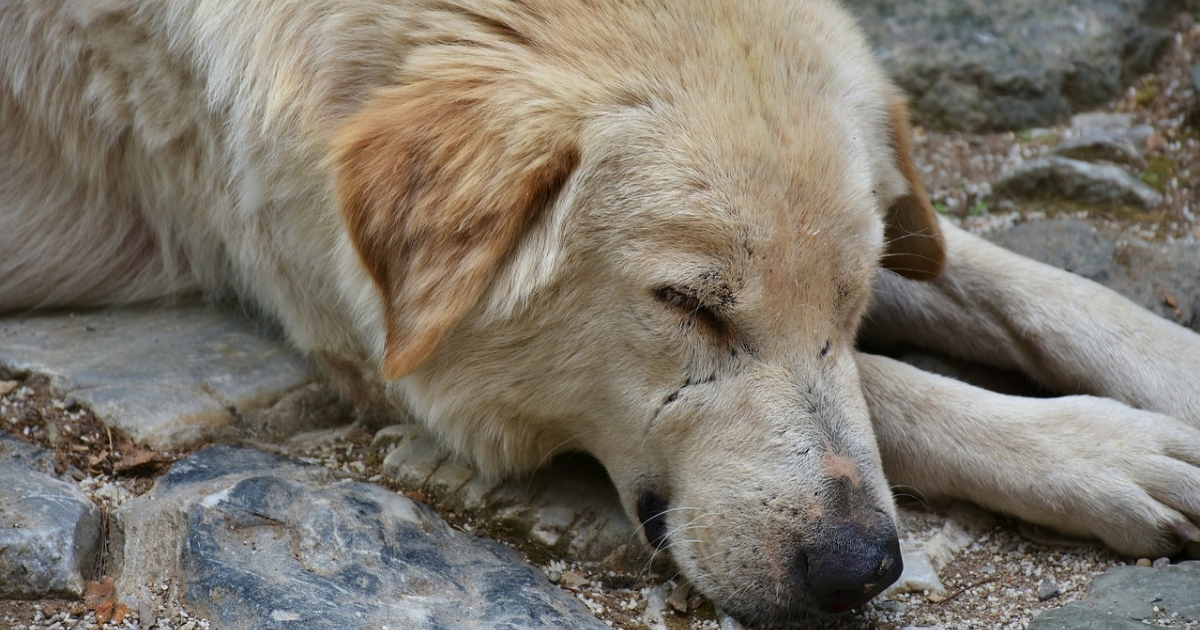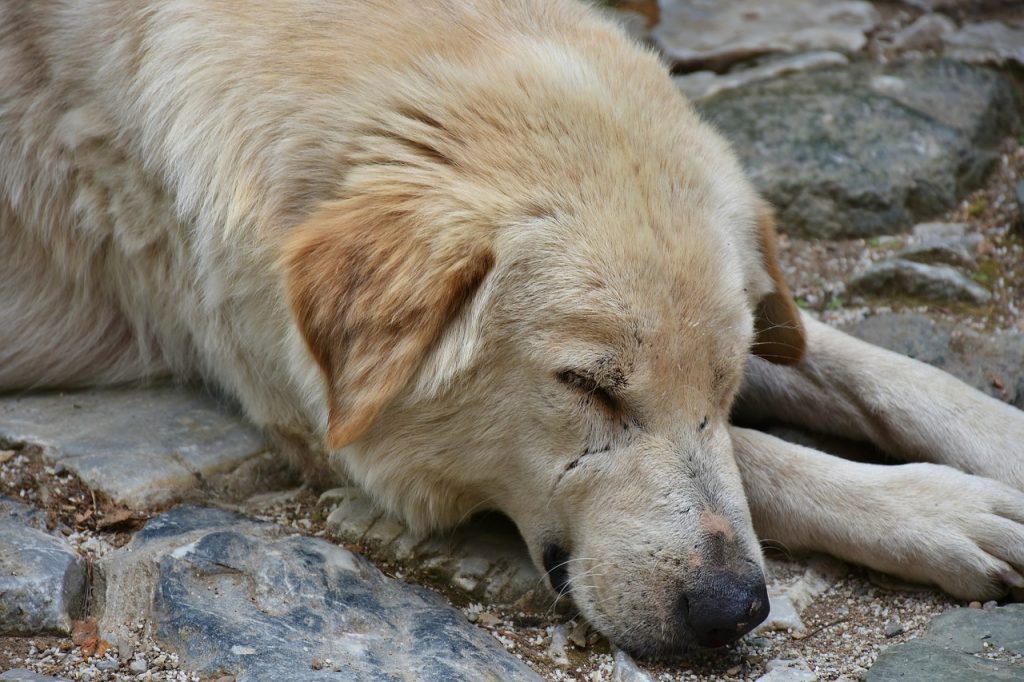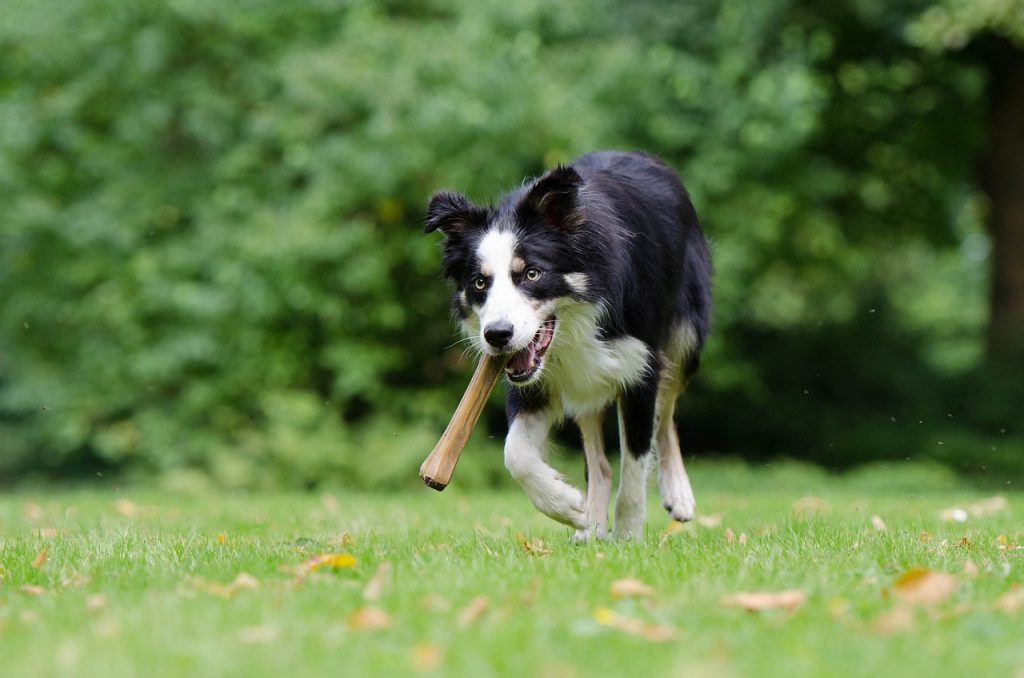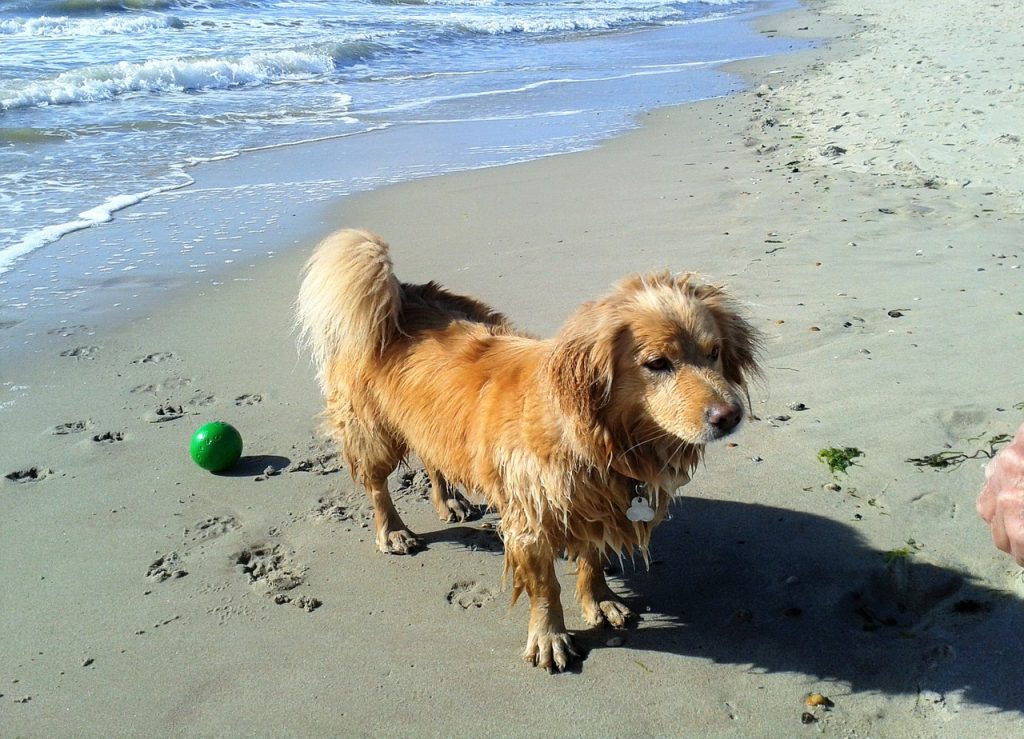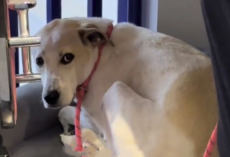Most people don’t think that taking their dog for a walk is something that could be deadly but it can be in the summer.
It would seem that only senior or unhealthy dogs might succumb to heat stroke during a walk but that’s not always the case.
In fact, the Royal Society for the Prevention of Cruelty to Animals (RSPCA) reported that a perfectly healthy dog died during their routine morning walk. And it wasn’t on a super hot day or at a time when the day is hottest.
The 5-year-old dog died during a walk at 9 a.m when it was about 21 degrees Celsius or 70 degrees Fahrenheit out.
“his morning we have been informed that yesterday a local dog died of heat stroke after being taken on a walk at 9 a.m. when the temperature was 21 degrees. The dog was 5 years old and otherwise fit and healthy,” the Royal Society for the Prevention of Cruelty to Animals wrote on Facebook.
According to PETA, 58 animals have died because of hot-weather related deaths in 2018.
The Royal Society for the Prevention of Cruelty to Animals says this is something they see far too often.
“As temperatures soar, a common issue that all caring pet owners should be aware of is heatstroke (also known as heat stress). With the heat of the summer months, the number of cats and dogs visiting the vet due to this condition rises,” RSPCA pet insurance reports.
“Unfortunately, many pet owners do not even realize that their cats and dogs can overheat when the weather is hot, and may only seek treatment at the eleventh hour. While heat stress is more common in warmer months, it can occur at any time throughout the year even when the weather is mild.”
Dog owners just don’t seem to understand how dangerous it can be to walk their dogs when it is hot out.
“Despite lots of warnings about the heat we still see dogs being walked to the shops, on the school run, or as soon as owners get in from work. We do understand the crucial nature of walking your dog, however, please bear in mind that walking in high temperatures can cause serious and irreversible damage, and in some cases death,” the RSPCA said.
“Yesterday the high for the day was at 4 p.m. but this is when most of the dogs we spotted were out and about. It does not matter if your dog is white, young, not a bull breed or ‘used to the heat’. Please be mindful of their needs. In the meantime, please look out for signs of heat stroke.”
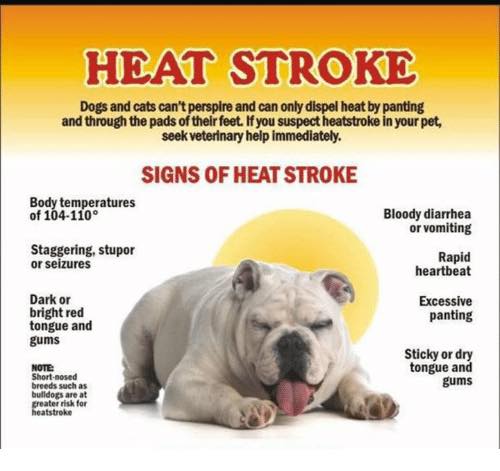
To prevent heatstroke you’ll want to make sure they are always cool and in well-ventilated spaces.Your pet should always have access to shade and fresh clean drinking water.
Never leave your pet in the car and avoid exercising your pet in hot weather. It’s also important to avoid hot sand, concrete, and asphalt which can get hot and burn their paws.
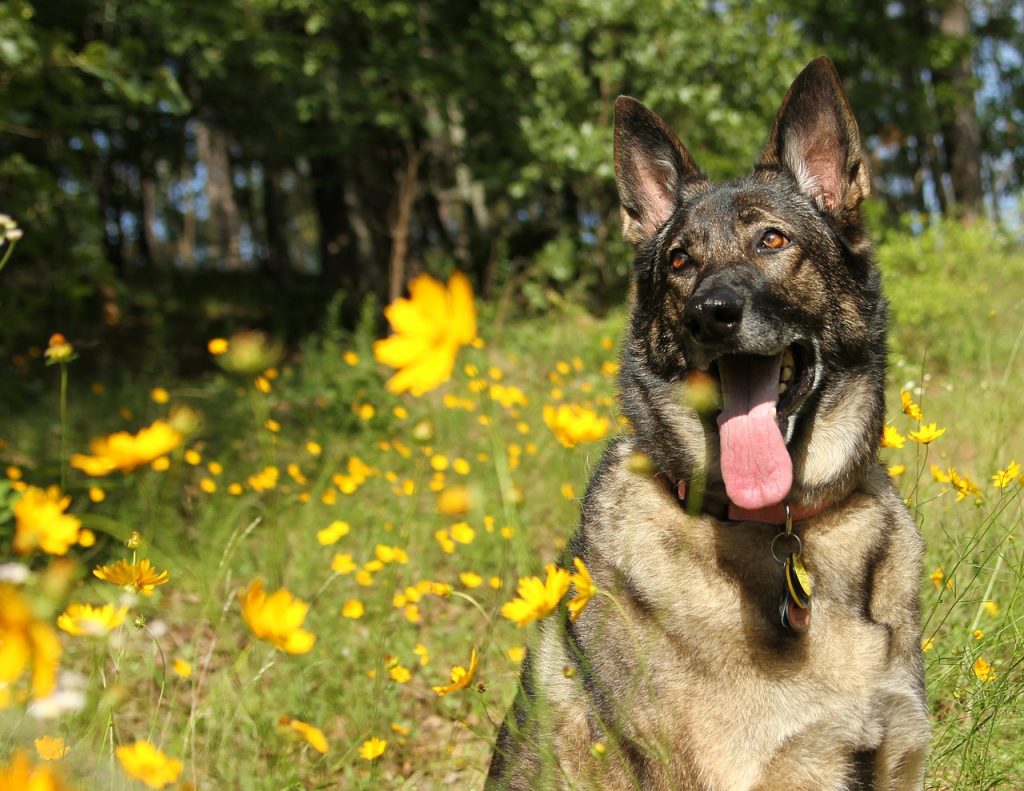
Signs of heatstroke include:
- Panting which increases as heatstroke progresses
- Drooling, salivating
- Agitation, restlessness
- Very red or pale gums
- Bright red tongue
- Increased heart rate
- Breathing distress
- Vomiting Diarrhea (possibly with blood)
- Signs of mental confusion, delirium
- Dizziness, staggering
- Lethargy, weakness
- Muscle tremors
- Seizures
- Collapsing and lying down
- Little to no urine production
If you suspect that your pet has heatstroke you should remove your pet from the hot environment immediately, apply cool water to their skin and fan them. Refrain from using ice and immediately take your dog to the vet. You can learn more about animal heat stroke here. Learn more about what to do in an emergency situation with your dog below.
Please SHARE this with your friends and family.

